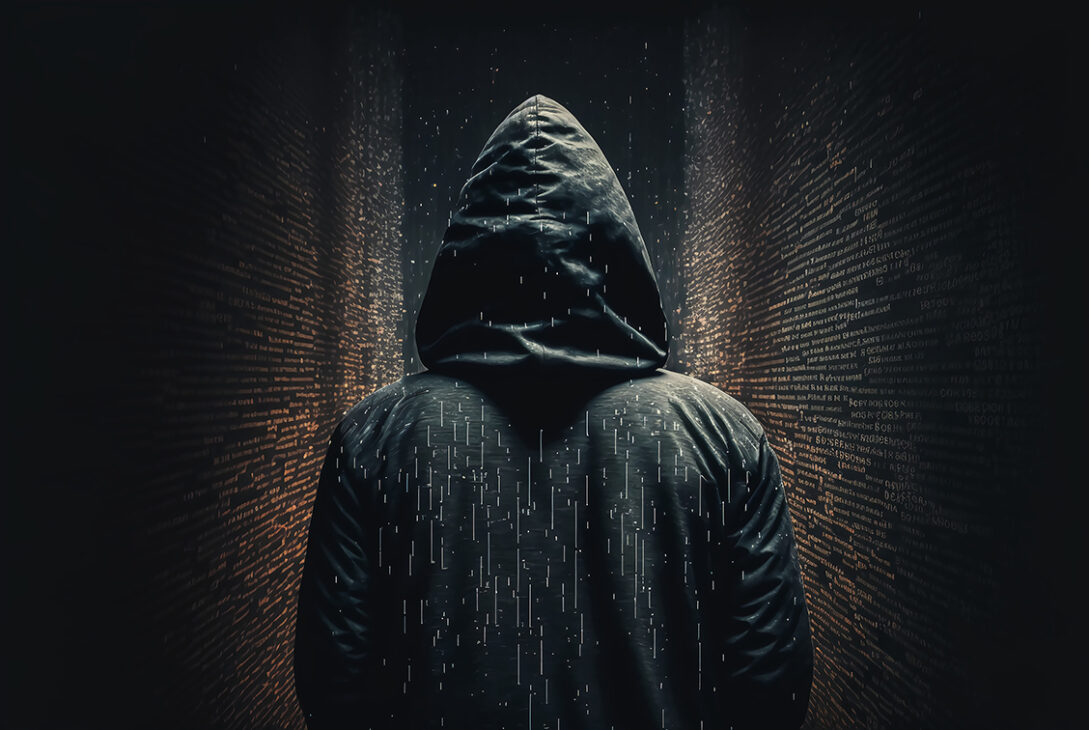In a world where cyberattacks have become alarmingly common few events have captured the publics attention like the whirlwind actions of LulzSec. For a incredibly intense period of 50 days in 2011 this breakaway group from the infamous Anonymous hacker collective demonstrated a daring combination of technical skills, political activism and dark humor. Their targets ranged from entertainment companies to intelligence agencies.
LulzSec, which stands for “Lulz Security ” embodied their philosophy; hacking for laughter and amusement. However as their exploits grew bolder the global ramifications of their actions were far from amusing.
The saga began with an assault on the television network PBS. Outraged by what they perceived as an insult in a documentary about WikiLeaks, LulzSec vandalized the PBS website. Published a fictitious story asserting that rapper Tupac Shakur (who was widely believed to be deceased) was alive and flourishing in New Zealand. Although this act had harmless intentions it set the stage for what was to follow.
Their next target was Sony. Taking advantage of mounting dissatisfaction with large corporations LulzSec orchestrated an extensive breach of Sony Pictures servers. They gained access to information belonging to over one million customers before haughtily announcing their accomplishment, on Twitter.
Sony faced not immediate financial repercussions but also a significant public relations crisis when LulzSec delightedly shared snippets of internal communication revealing the companys careless approach to cybersecurity.
However these actions were the beginning. LulzSecs daring move targeted none other than the Central Intelligence Agency (CIA). By taking down the CIAs public website through a Distributed Denial of Service (DDoS) attack LulzSec demonstrated that even highly fortified institutions were not immune to their reach.
Who are LuizSec?
As these high profile attacks continued to mount people around the world grappled with a question; Who were these digital rebels and what did they truly seek?
LulzSec consisted of a group of hackers each specializing in different aspects of cyber warfare. Ranging from SQL injections which’re techniques used to target data driven applications to the aforementioned DDoS attacks their expertise was vast and formidable.. Unlike many cybercriminal organizations their primary motivation was not financial gain.
Instead they aimed to expose vulnerabilities, in systems and institutions that millions blindly trusted. Their actions combined elements of protest and performance art while seeking amusement (“lulz”) at the expense of their targets. They represented a modern day trickster in their unique way utilizing their skills to question the established norms and reveal contradictions.
The court of public opinion
The response from the public towards LulzSec was a mix of admiration, anger and fear. Some praised them as heroes, digital vigilantes who shed light on institutional deficiencies. However others, those directly impacted by their actions perceived them as chaotic cyber terrorists who caused chaos for personal entertainment. Meanwhile governments and law enforcement agencies worldwide considered LulzSec a threat to national security and collaborated to track them down.
While their hacking endeavors garnered media attention LulzSec adeptly manipulated the press. Through their Twitter account that combined confidence with mysterious messages they amassed hundreds of thousands of followers. It wasn’t solely their expertise that kept them in the spotlight; it was also their talent, for creating dramatic moments. Every tweet and announcement were meticulously crafted to have the impact possible. In a way they weren’t hackers; they were skilled storytellers who weaved narratives that captivated the world.
Division within the hacking community
Nevertheless like all stories of ambition LulzSecs momentum eventually dwindled. Their collective overconfidence transformed into arrogance. The “#AntiSec” movement was initiated by a group of individuals who encouraged hackers worldwide to target and uncover vulnerabilities in government systems. This not only increased the number of their adversaries but also caused divisions within the hacking community itself.
In a turn of events rival hacker groups turned against LulzSec. One specific group called “Web Ninjas” started revealing the alleged identities of LulzSec members. This internal conflict among hackers highlighted the nature of trust and alliances within the hacking world.
Law enforcement agencies took advantage of these disputes. By utilizing both investigative techniques and advanced cyber forensics they began narrowing down on the groups members. The turning point came when a prominent figure in LulzSec, known as “Sabu ” was identified and apprehended. In a twist Sabu subsequently became an informant for the FBI assisting them in identifying and capturing other collective members.
The subsequent trials gained attention. The anonymous faces behind LulzSec were unveiled as a diverse group with varying ages and backgrounds. Their motivations also varied; some claimed a sense of responsibility aiming to expose vulnerabilities, within trusted institutions while others admitted to being driven by the thrill and power that accompanied each successful breach.
The legacy of LuizSec
The reign of LulzSec, which lasted for 50 days didn’t end in a digital showdown but rather in quiet courtrooms where its members faced significant legal consequences. However their impact is long lasting. They compelled both private institutions to reassess their cybersecurity practices and sparked a broader discussion about the role of hacktivism in our modern society. Are these entities crusaders fighting for transparency and accountability or are they agents of chaos that undermine trust in the digital era?
The story of LulzSec is a combination of audacity, ideology and mastery over tools serving as a powerful reminder of the two sided nature of technology. As our world becomes increasingly interconnected through means their infamous 50 day period highlights the importance of striking a delicate balance, between security, transparency and the unforeseen consequences that come with our interdependence.
Digital Daze is brought to you by Phable.




